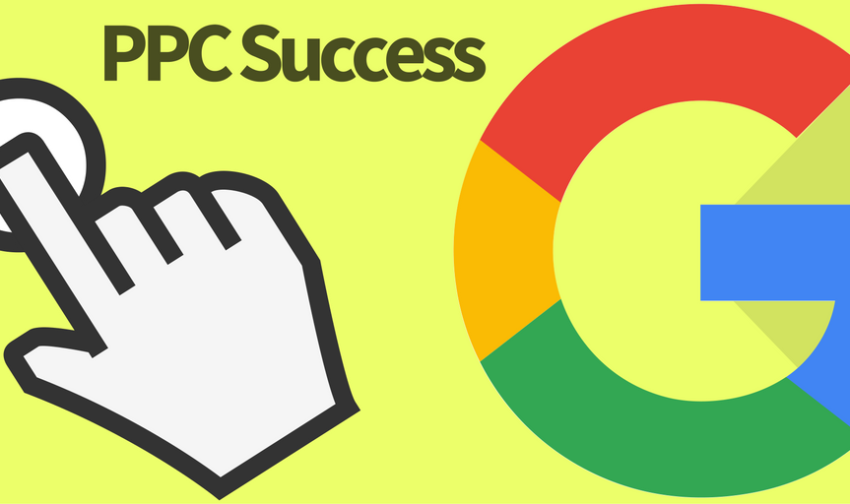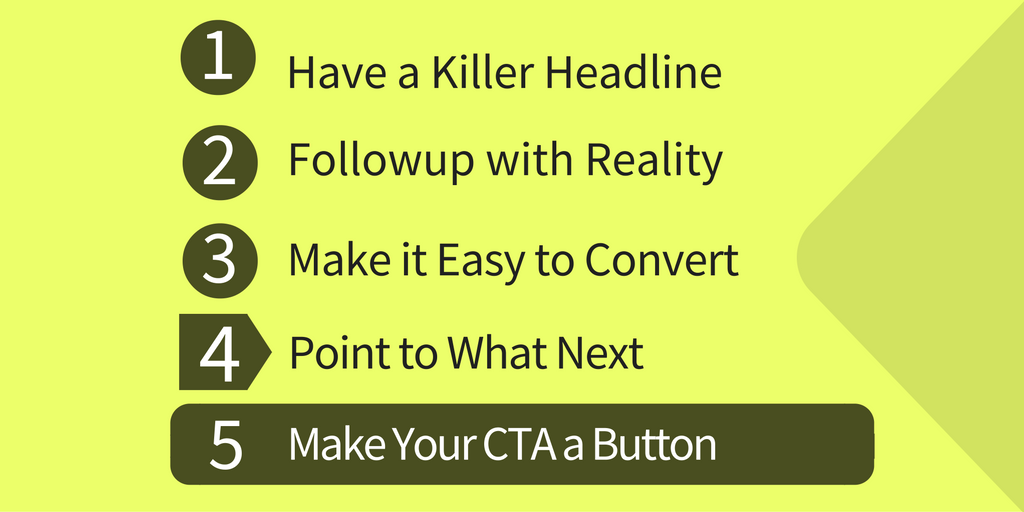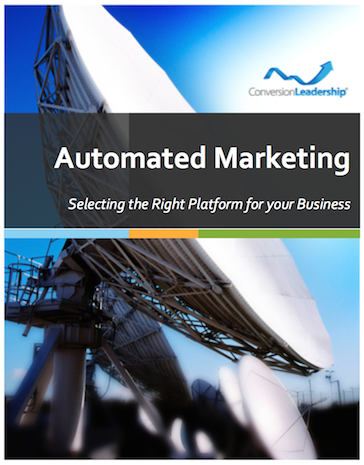Landing Pages: Key for PPC Success

Look in Your Own Back Yard for PPC: Landing Pages are the Key for PPC's Secret Success Stat
Here's the thing: front yards are illogical!
There, we said it. Thousands of proud homeowners are now out for blood.
But think about it. How many people actually use them? They take up valuable land and prevent house extension, they cost serious money to landscape and maintain, but the person they mostly benefit is the postman. No one. Else. Cares.
The back yard, however, is where the Australian family comes alive. We spend our summers out there as kids. We wine and dine there as adults. We use it for our water fights, our BBQs, our cricket matches and our tiny farm animal/plastic soldier figurine warfare. The back yard is where the attention it at.
The same is true for PPC success. The advertisement is the front yard. So where's the back yard?
Landing Pages are Your Chance to Shine with PPC Success
The answer, of course, is your landing page. If people click through your ad but reject your landing page, you've essentially paid for someone to walk by. It's pretty straightforward logic, yet many advertisers continue to ignore their landing pages.
Part of the reason is psychological. Getting someone to click on your ad feels like a victory. So many assume that the fight is over. Unfortunately it's only just started.
Getting a customer to click on your ad is the equivalent of having someone glance at your fence!
It's going to take a bit more to get them to enter, walk down the path and come around to the BBQ out the back.
Which is why you need a Landing Page!
At the end of the day, PPC success isn't just about the click on your ad. PPC success is about getting the person to click on your ad, get to your landing page and then do the thing you want them to do.

5 Quick and Dirty Ways to Convert Your PPC Traffic
1. Write a Killer Headline for Your Landing Page
More easily said than done, yes, but a killer headline can be the difference between a conversion and a bounce. Think about how many times you've succumbed to clickbait recently – headlines like "You won't believe what this hippopotamus did!" and "Ever wanted to type with your toes?"
Sensational? Yes! Do they work? Yes!
A great headline on your landing page will keep that PPC traffic on your website a little longer. Hopefully long enough to encourage some sort of engagement.
2. Follow up Your Headline with Reality
The trick of a killer headline is that it must, must, must be true. Don't ask for belief if you haven't got that hippo. If you haven't got a toe-typing instruction manual to sell, stay away from that offer.
You've got to follow through with the goods!
So make sure that your snappy headline really has something to do with your offer and what your website can deliver.
3. Make it Easy to Convert
Whether you're building yourself a contact list or selling a product. For PPC success, you want to make the buying or sign-up process as easy as possible. Usually that means keeping the forms for transactions or opt-ins as short as possible.
The moment your customer decides to sign up is a delicate time. It might seem like an apt moment to find out all their juicy data. The reality is that the amount of data you collect must equal the perceived value they expect to get for giving you their personal information.
For example, if you were asked to provide your name, email address, date of birth, mobile phone number, street address and creditcard details, to download a 100 page whitepaper. That just doesn't feel right... it instantly raises the question "why do they need my creditcard details?" and might be down right off-putting.
However, if you were asked to provide these same details as part of a buying transaction for the latest medical VR solution for your business. Chances are you're more likely to be OK with providing all this personal information.
Research from a wide variety of web design and digital marketing companies has shown that short forms capture more leads. The rule of thumb says - only ask for what you need to complete the current engagement. So keep it simple and easy for someone to allow themselves to be converted.
4. Use Arrows and Point to What to Do Next
PPC success is based on the visitor to your landing page knowing what to do next.
Without a human sales person to tell the person what to do next on a web page, you need to use as many different tricks as you can to help visitors know what to do next.
Arrows have a strong psychological pull. The eye naturally follows an arrow to wherever it's pointing. Point an arrow at your Call To Action - CTA. It's as simple as that. (There is also the subtler option of other visual cues, such as images with people looking toward the CTA.)
5. Make Your CTA a Button
You used an arrow to draw the persons attention to the right spot on your landing page. Now you need to make it crystal clear what to do next.
You may be a savvy web user. That doesn't mean that everyone else is though!
People understand that if they want things they have to click. The challenge is helping them to recognise the things on the landing page that are actually clickable.
So if you want "out of the park" PPC success, make all your clickable elements really, really obvious. That means buttons!
Make your Call To Action a button.
Did you know you can even make your business phone number a button? That way people on smartphones can click to call you straight away. Get your website people on it and if they can't help you, get in touch with Conversion Leadership.

